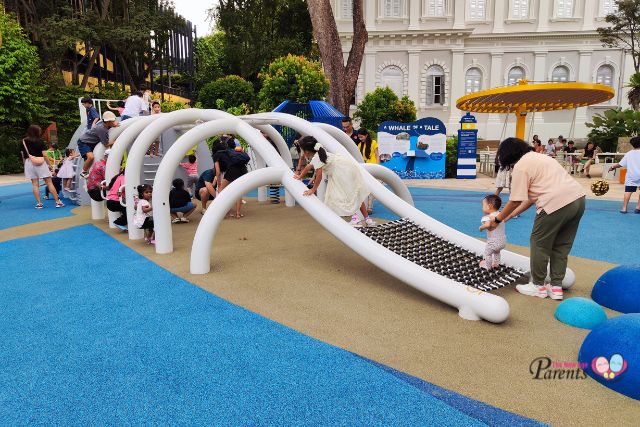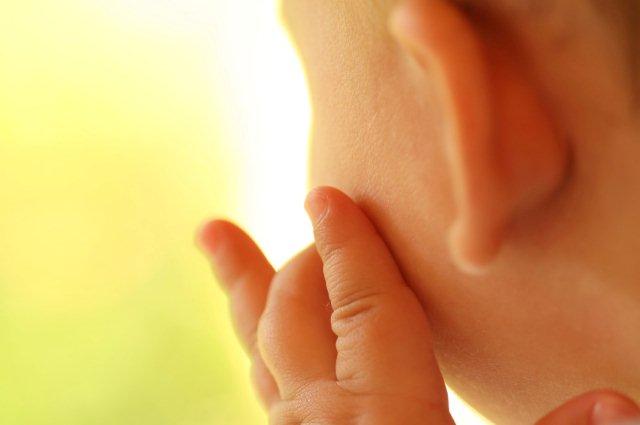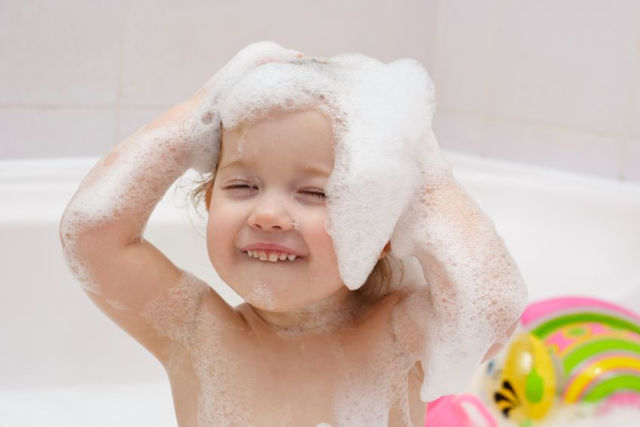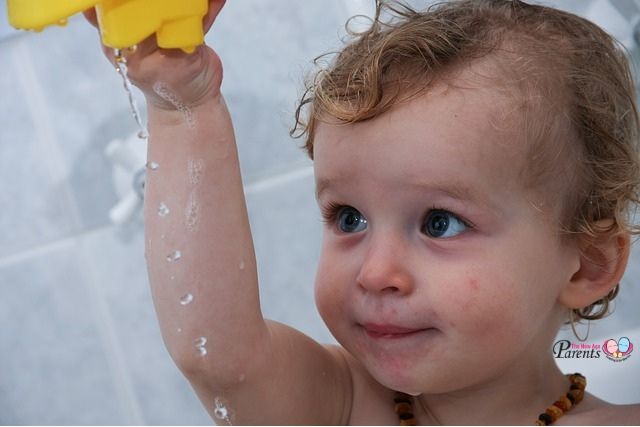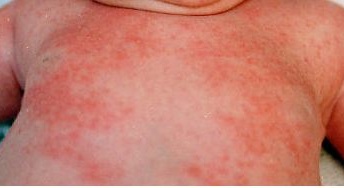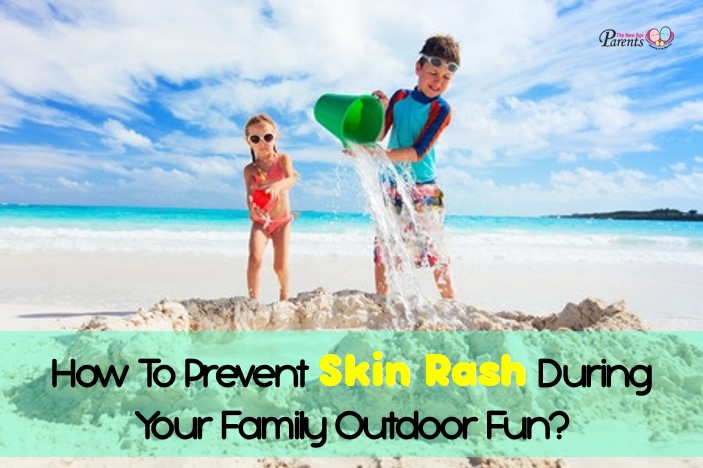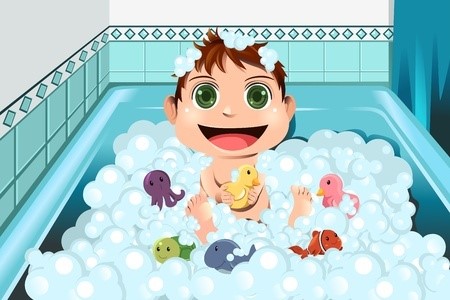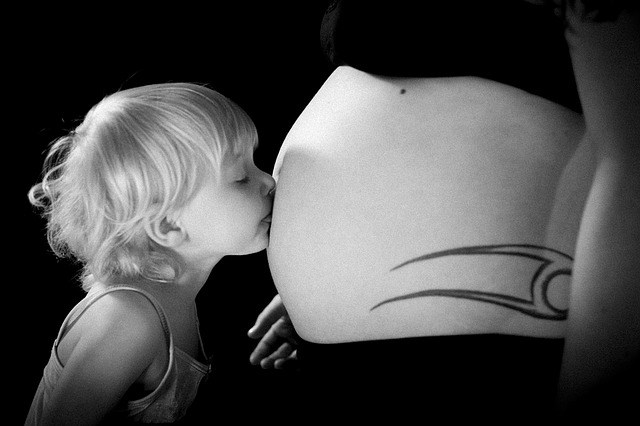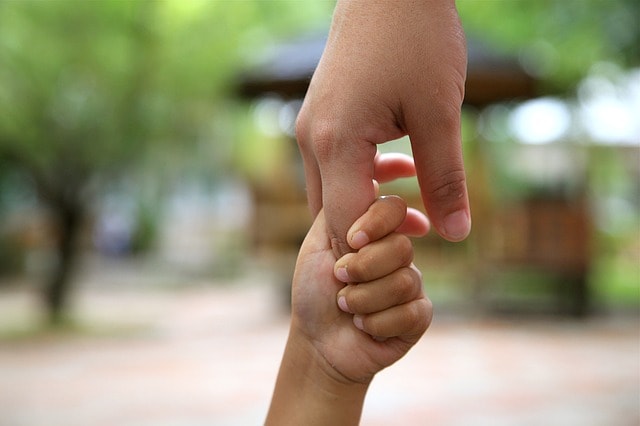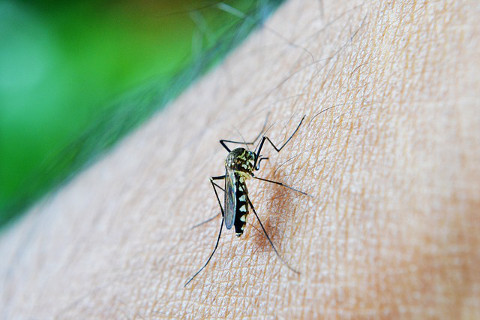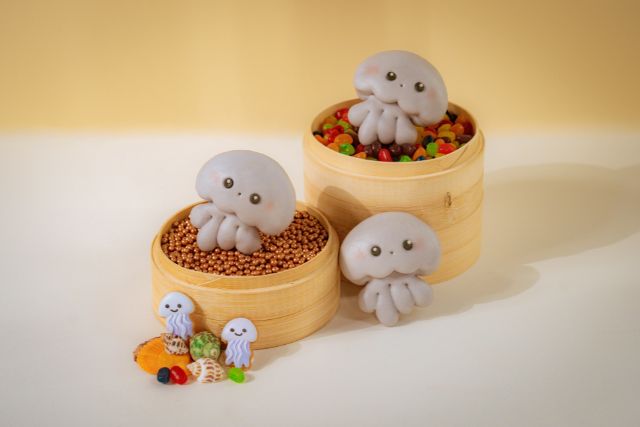 For more than seven months, my son, Vee, had a huge reddish eczema patch covering his cheek and chin. It itched so much that the poor boy rubbed his face against his pillow during sleep and often woke up with a blood-stained pillow. Kissing his face was a luxury I could not enjoy as a mother. After much trial and error, his condition is finally well-managed. Here are 29 tips to fight your baby’s eczema:
For more than seven months, my son, Vee, had a huge reddish eczema patch covering his cheek and chin. It itched so much that the poor boy rubbed his face against his pillow during sleep and often woke up with a blood-stained pillow. Kissing his face was a luxury I could not enjoy as a mother. After much trial and error, his condition is finally well-managed. Here are 29 tips to fight your baby’s eczema:
Cause
1. Find out the root cause: Although eczema could be inherited, it may also be triggered by external irritants such as soaps, detergents and food. The most common foods which trigger eczema symptoms in some people include: cow’s milk, eggs, soya, wheat, fish and nuts.
2. Eliminate the irritant(s): After finding the irritant, eliminate it from your baby’s environment, wherever possible. (Since I am breastfeeding Vee, I had to stop eating soy too.)
Diet
3. Prepare your own baby food: If you suspect that food is causing flare-ups, preparing homemade baby food allows you to control every ingredient. Introduce one new ingredient at a time, especially allergenic foods, to single out any irritant. (During one dinner, Vee’s new food was steamed beancurd. A rash broke out around his mouth almost immediately. That was how we found the root cause.)
4. Read the labels: If you are offering baby processed food (e.g. biscuits, jarred food), scrutinise the label to ensure that it does not contain potential triggers for your baby’s eczema.
Environment
5. Clean carpets and change bedsheets & mats often: Some babies have eczema triggered by dust mites. If this is the case, you would need to vacuum the carpets, and change bedsheets and floor mats often. Wash bedding in hot water. Here’s how you can have a Dust-Free And Allergen-Free Home.
6. Clean soft toys and fabric books often: If dust mite is the trigger, choose soft toys and fabric books that are washable. Alternatively, use a steam cleaner to sanitise the toys and books.
Cleaning and Bathing
7. Keep skin clean: Perspiration causes eczema flare-ups in some children. Moreover, many babies and toddlers love playing until they are dripping with sweat. If so, wipe her with a smooth and damp handkerchief after she perspires.
8. Use cloth wipes with water: Commercial wet wipes contain chemicals (such as artificial fragrance) that could trigger your baby’s eczema. To be on the safe side, use cloth wipes with water. Otherwise, rinse the wet wipe with water before wiping your baby.
9. Use a gentle bath soap and shampoo with no SLS, fragrance and colouring: Sodium Lauryl Sulphate (SLS) is a common surfactant in commercial bath foams and shampoos, to make them foamy. However, it tends to dry out the skin and worsen some babies’ eczema. Artificial fragrance and colouring are also potential irritants. Read the ingredients label carefully before buying. Consider using a bath oil.
10. Short, brief baths: Limiting bath-time prevents the skin from drying out. If you are using a bath oil instead of soap, then it is fine for baby to stay longer in the bath.
11. Shower after swimming: If chlorinated pool water worsens baby’s eczema, then shower her after a swim.
12. Lukewarm bath water: Water that is too hot could increase the itch, so use lukewarm water instead.
13. Pat skin dry after bath: Avoid rubbing your baby’s skin dry with a towel; pat her dry instead.
Skincare
14. Choose skin care products carefully: Besides SLS, fragrance and colouring, also avoid skincare products containing a long list of confusing ingredients. This introduces less potential irritants to your baby’s skin and makes it easier to identify triggers for flare-ups.
15. Moisturise skin: Dry skin is more prone to flare-ups, so use a hypoallergenic moisturiser on the dry patches on baby’s skin after patting her dry from a bath.
16. Protect skin: After moisturising, protect her eczema-prone areas with a layer of barrier cream such as sterile paraffin wax. This prevents irritants from causing flare-ups.
Clothings and Fabrics
17. Dress lightly: When your baby is too warm, she may be more prone to flare-ups. In our year-round tropical climate, dress her in light and breathable clothing.
18. Choose cotton and bamboo fabrics: Cotton and bamboo fabrics are gentle on baby’s skin, so use them for her apparels, bedsheets and blankets.
19. Avoid wool and scratchy fabrics: Scratchy fabrics could rub against baby’s eczema patches. Before buying clothes for baby, check the inside of clothes to make sure it feels smooth. Ideally, caregivers should also avoid wearing scratchy fabrics.
20. Use diapers with no irritants: When using cloth diapers and baby’s skin is sensitive to wetness, choose those with a stay-dry layer or add a stay-dry liner. When using disposable diapers, choose those that do not contain artificial fragrances and potential irritants. (Again, read the packaging label.)
21. Change diaper often: Whether using cloth or disposable diapers, change baby every 2 to 3 hours to keep her diaper area clean and dry.
Laundry
22. Wash new clothing, cloth diapers and bedsheets before initial use: New apparels may contain chemical additives such as formaldehyde that could trigger eczema in your baby. Therefore, always pre-wash fabrics before wearing them.
23. Use detergent with no irritants: Additives in detergent such as fabric softener could cause eczema flare-ups, so choose one that suits your baby’s skin. If a particular detergent is suitable for your baby, then caregivers’ clothes should be washed using it too.
24. Rinse laundry thoroughly to remove residue: Build-up of detergent residue could trigger flare-ups, so ensure that laundry is rinsed thoroughly. Clothes should smell clean (not fragrant) after washing.
Handling Scratching
25. Wear mittens when sleeping: Eczema is well-known for its itch and scratching would worsen it. For a young baby, put mittens on her during bedtime.
26. Trim and file fingernails: Keep baby’s fingernails short and smooth to prevent her from opening up the skin when scratching.
27. Distract baby: For an older baby, distract her when she is trying to scratch. For instance, show her an interesting toy while making exaggerated sounds and movements.
Medical Help
28. Seek professional help: If symptoms persist, consult a pediatrician or pediatric dermatologist for advice as baby may need prescription-based creams and/or medication.
29. Start treatment once flare-up begins: When the first sign of rash begins, start
treatment based on doctor’s advice. Don’t wait. The rash may worsen and take even longer to heal.
After our long battle with eczema, I can finally kiss my boy’s beautiful face. May your baby stay beautiful too!
About the Writer
MieVee is a Stay-At-Home-Mum with a 19-month old son, Vee. She supports breastfeeding, cloth-diapering, babywearing and green living. Her website, MummysReviews.com, aims to help parents make smart purchases and organises regular giveaways.
If you find this article useful, do click Like and Share at the bottom of the post, thank you.
Like what you see here? Get parenting tips and stories straight to your inbox! Join our mailing list here
























